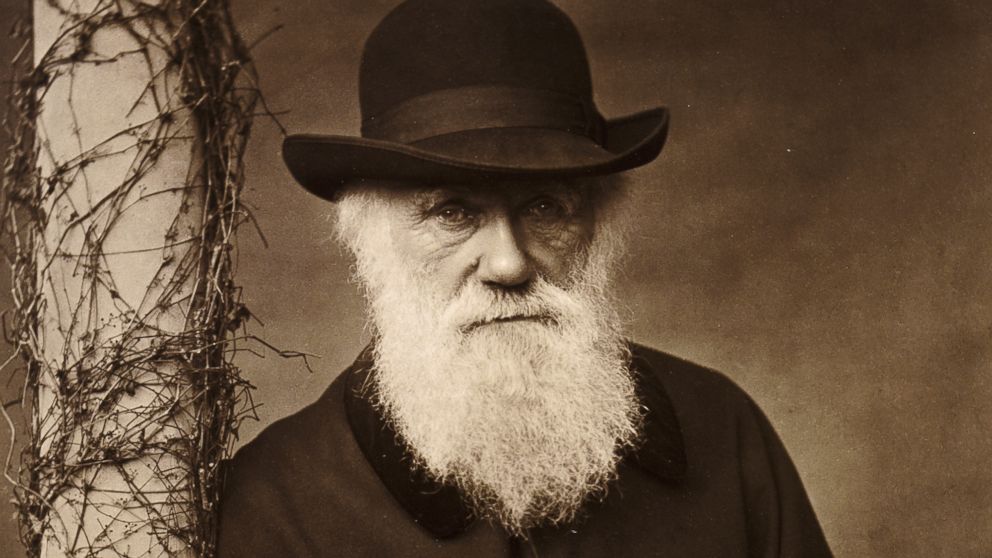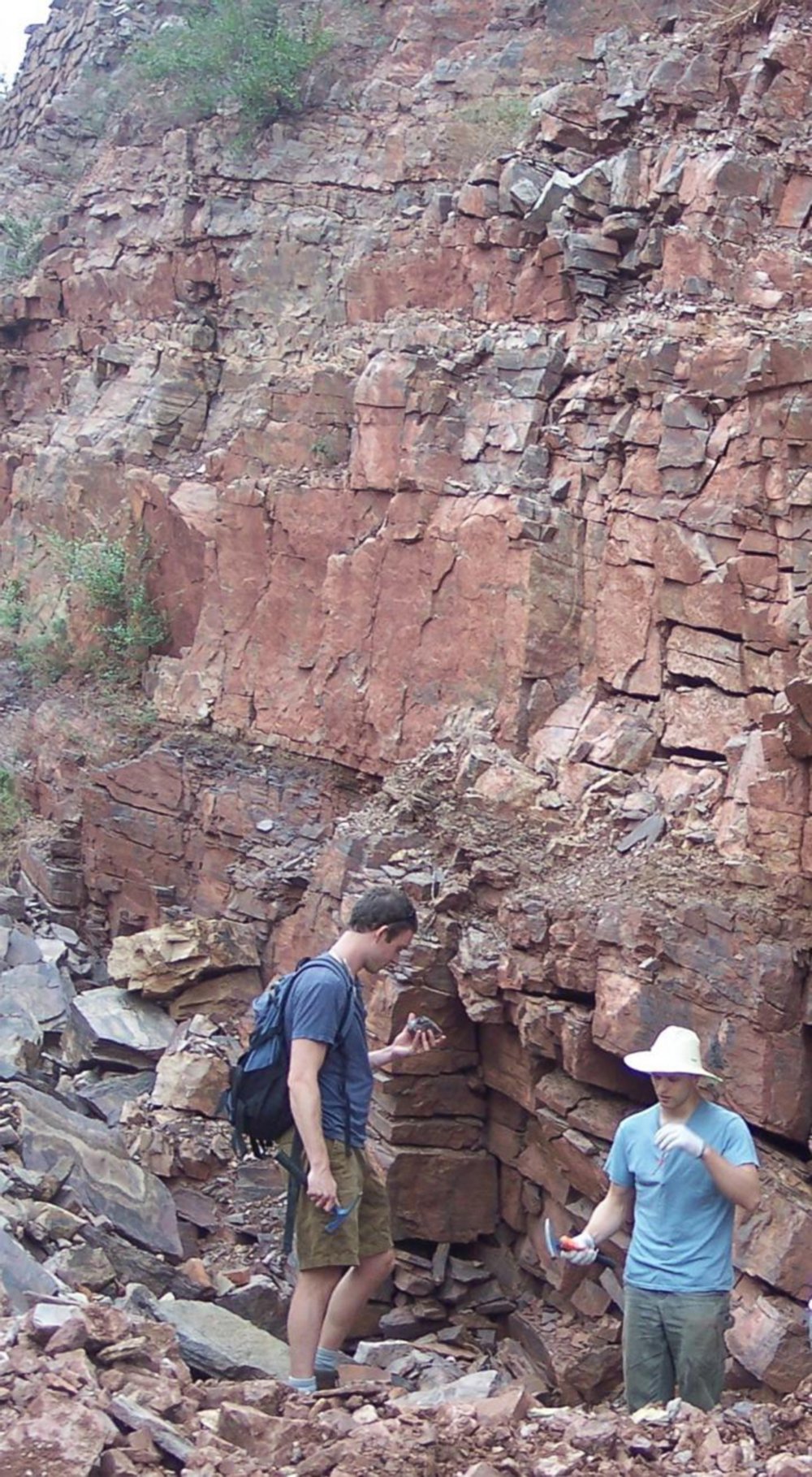'Darwin's Dilemma' May Be Solved
Scientists are chipping away at a century-old mystery.

— -- Scientists following two different lines of evidence have just published research that may help resolve "Darwin's dilemma," a mystery that plagued the father of evolution until his death more than a century ago.
Biologists and geologists have been puzzled for decades over why life began so early on this planet, and then took so long to get interesting.
Some estimates indicate the earth was only a few tens of millions of years old when the first simple organisms appeared. There was a little evolution over the first billion years when single-celled organisms morphed into bacteria, slimy algae and other simple kinfolk, but it was still pretty dull.
It didn't get much better until nearly 600 million years ago when the most dramatic period in the biological history of the planet erupted in what has become known as the "Cambrian Explosion."
Those boring organisms from early earth evolved into forms of nearly every plant and animal on the planet today in what has seemed like an incredibly short period of time.
It seemed so fast, in fact, that Charles Darwin worried that it might undermine his theory of evolution, thus giving birth to "Darwin's dilemma."
Darwin thought evolution was a very slow process, proceeding in tiny changes over many generations -- which is not well understood by some people today. But if he was right, how could life have evolved so quickly during the Cambrian era, advancing from simple forms to complex plants and animals in the geological equivalent of the blinking of an eye?
Of course, we know today that Darwin was right about evolution, but wrong about the bleak fossilized record, which was incredibly thin when he was around in the 1800s.

Excavations around the world have since uncovered fossils that show the change was rapid, but not too rapid to be inconsistent with evolutionary theory. It actually took millions of years.
But still, why it happened as quickly as it did is still highly debatable. Something must have changed dramatically, and scientists continue to chip away at that annoying conundrum. Two recent studies published days apart may help clear the air.
A paper published last week in Science by Noah Planavsky of Yale University and Christopher Reinhard of Georgia Institute of Technology, based on ancient sediments from China, Australia, Canada and the United States, suggests that scientists have long overestimated the amount of oxygen in the earth's atmosphere in the pre-Cambrian era just before the "explosion."
Many had thought the air was about 40 percent oxygen (around twice what it is today) but oxidized chromium -- which is directly linked to oxygen in the atmosphere -- in those sediments indicates the percentage was only about one-10th of one percent.
No complex organism known today could survive in a world with that little oxygen, so if this team is correct, the stage was not yet set for rapid evolutionary processes. Something had to change before the explosion could occur.
Meanwhile, other evidence published last week in the journal Geology suggests that very dramatic changes driven by the tectonic breakup of the so-called "supercontinents" of the pre-Cambrian era could have caused an extraordinary leap in oxygen levels of both the ancient oceans and the earth's atmosphere.




